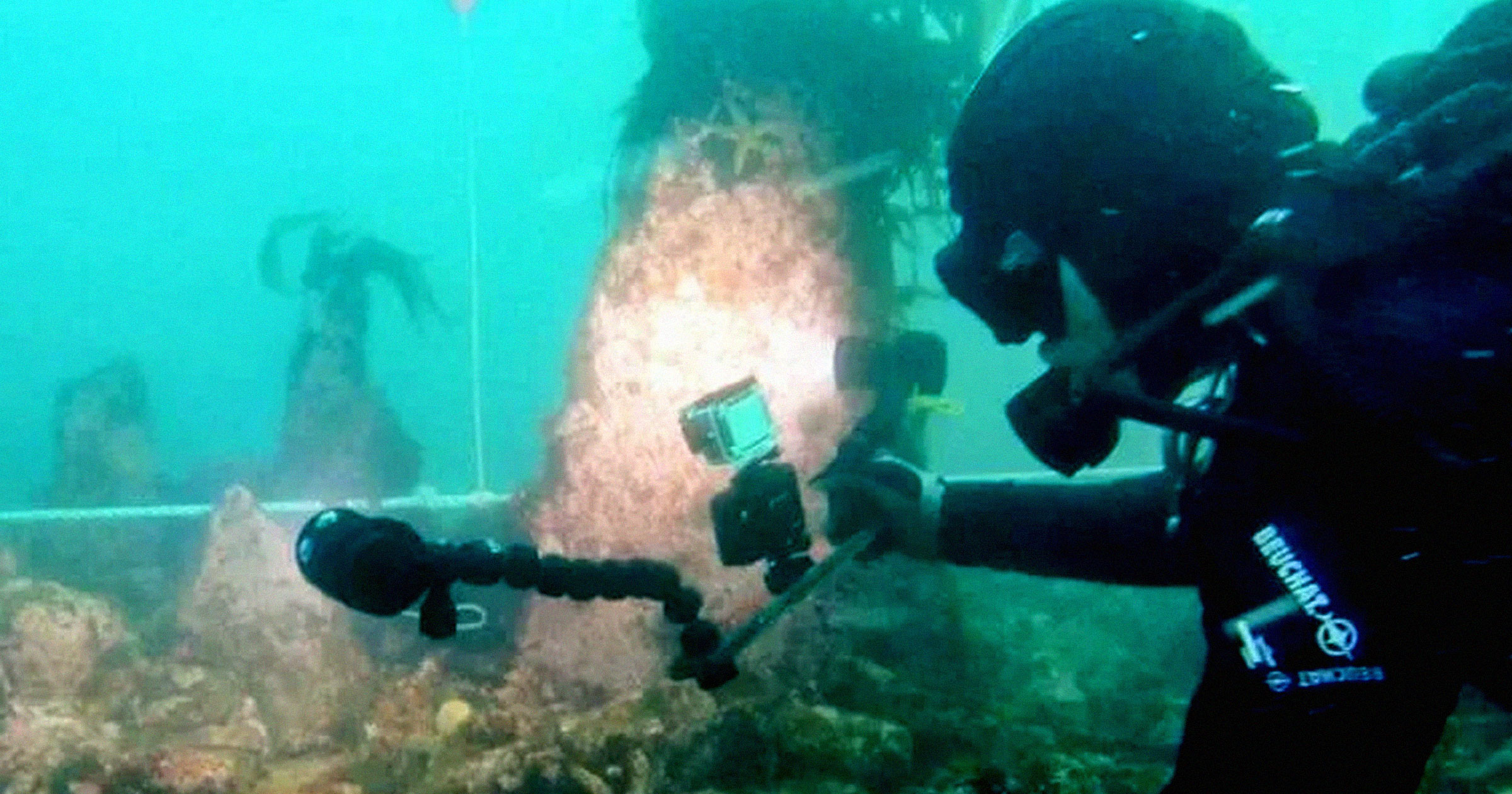Antarctica is turning green at an alarming rate as events of extreme heat have reshaped the continent’s landscape over the past few decades.
Using satellite data, a team of scientists captured the dramatic increase in vegetation across the Antarctic Peninsula. They found that vegetation increased more than tenfold from 1986 to 2021, growing from 0.39 square miles (1 square kilometer) to almost 4.6 square miles (12 square kilometers). The findings are detailed in a study published Friday in Nature Geoscience.
The study also found that between 2016 to 2021, the greening of the peninsula increased by more than 30% compared to the full period of time, expanding by nearly 100 acres (400,000 square meters) per year in those five years alone.

“The plants we find on the Antarctic Peninsula—mostly mosses—grow in perhaps the harshest conditions on Earth,” Thomas Roland, a researcher at the University of Exeter, and lead author of the study, said in a statement. “The landscape is still almost entirely dominated by snow, ice and rock, with only a tiny fraction colonised by plant life but that tiny fraction has grown dramatically—showing that even this vast and isolated ‘wilderness’ is being affected by anthropogenic climate change.”
The study highlights a worrying side effect of the warming climate that has gripped Antarctica and the Southern Ocean. A study published last month also revealed that Antarctica’s Thwaites Glacier could be entirely gone in less than two centuries.

This year, Antarctica experienced its most extreme heatwave on record with temperatures climbing up to 50 degrees Fahrenheit (28 degrees Celsius) above normal in mid-July. The continent has been experiencing unusual heatwaves that strike even during its winter months.
The effects of the changing climate will continue to impact Antarctica’s growing green landscape. “As these ecosystems become more established—and the climate continues to warm—it’s likely that the extent of greening will increase,” Oliver Bartlett, a researcher at the University of Hertfordshire, and a co-author of the study, said in a statement.
Although Antarctica has little to no soil today, the increase in plants will add organic matter and make room for other plants to grow as it facilitates soil formation, according to Bartlett. “This raises the risk of non-native and invasive species arriving, possibly carried by eco-tourists, scientists or other visitors to the continent,” he added.
The findings raise concern regarding the future of the Antarctic Peninsula, as well as the entire content. The researchers urge the need to better understand these changes in its landscape. “The sensitivity of the Antarctic Peninsula’s vegetation to climate change is now clear and, under future anthropogenic warming, we could see fundamental changes to the biology and landscape of this iconic and vulnerable region,” Roland said.
More: Space Agencies Are Tracking Two Explorers En Route to Antarctica’s ‘Pole of Inaccessibility’





